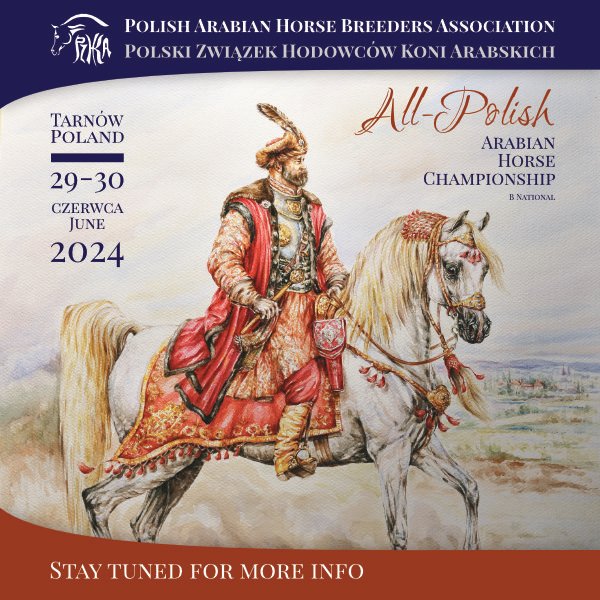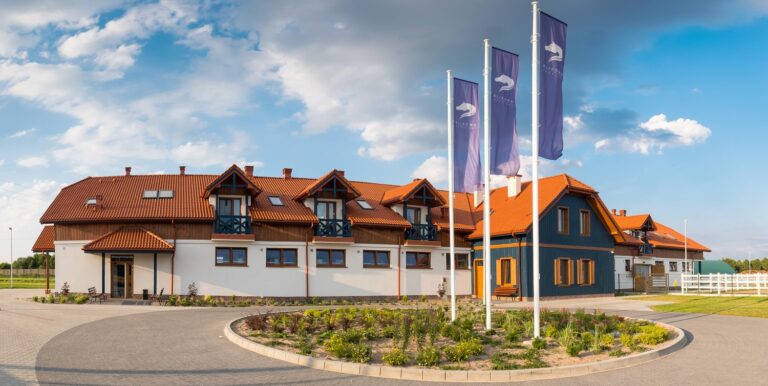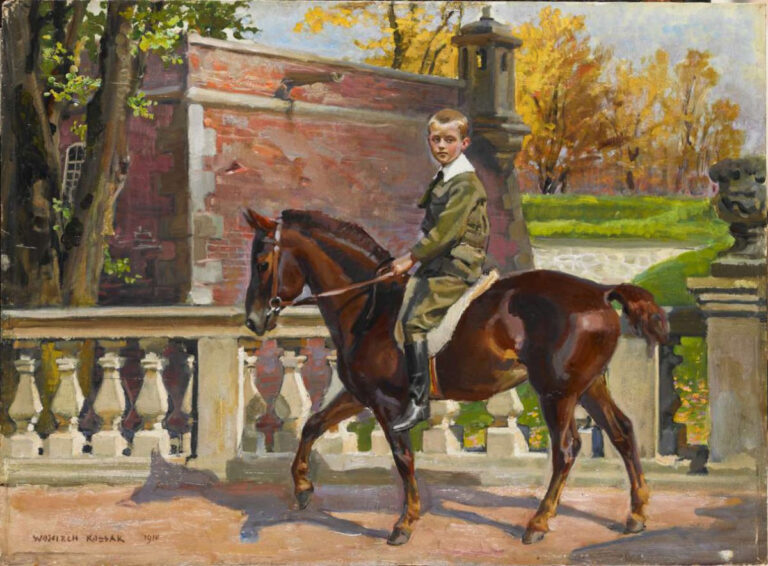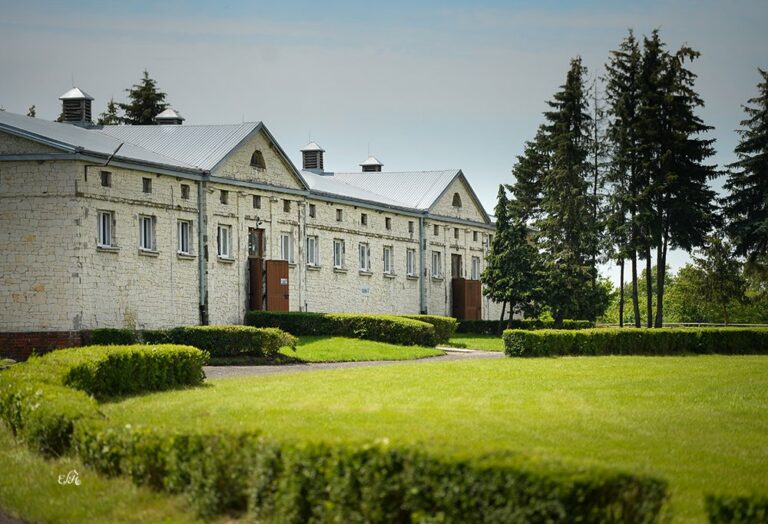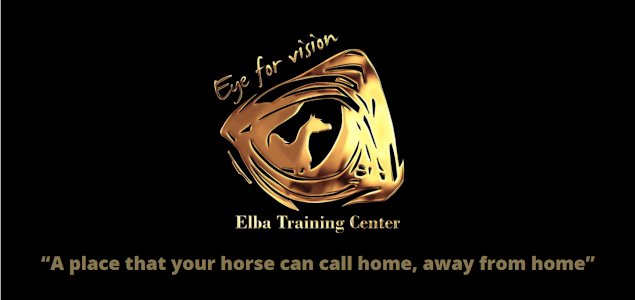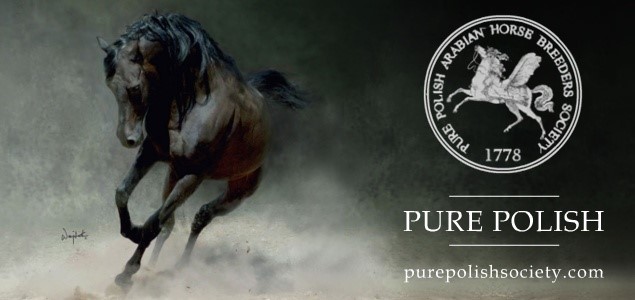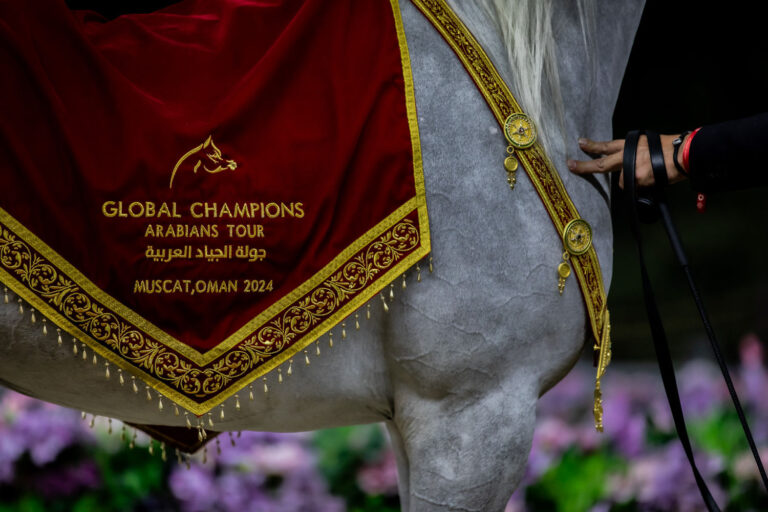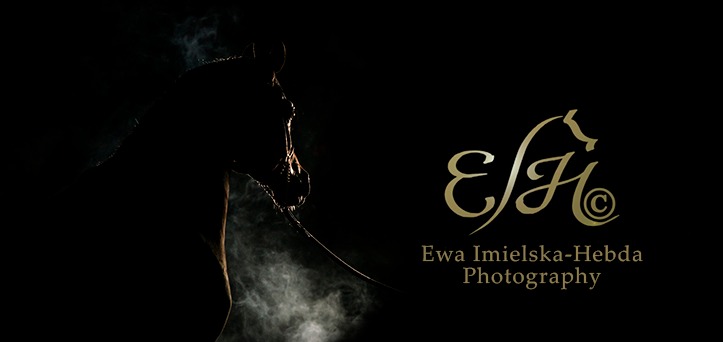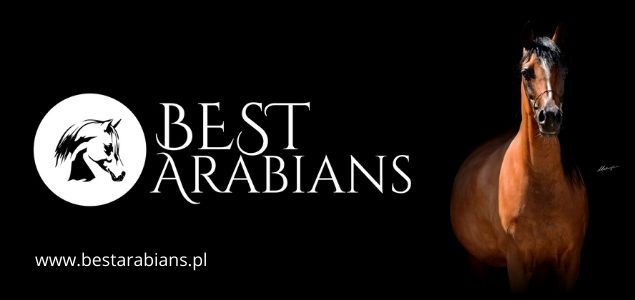
At the beginning of the year all breeders ponder on which partners to choose for their mares for the next breeding season. Although it would be best to wait until our mares foal, in order to repeat a successful mating or avoid an unsuccessful one, it is not always that easy. If, for example, we want to lease a stallion, such a decision must be made in January latest, as otherwise the best will be snatched from under our nose. Apart from that, full siblings can significantly differ from each other and just because one of them is outstanding doesn’t guarantee that the others will also be – and vice versa. And of course young mares, bred for the first time, are a huge unknown, although some assumptions can be made based on the reproductive performance of their dams, sisters or half-sisters.
A full list of sires accessible for breeding, both state-owned as well as private, is either already complete or being clarified as we speak, but based on the sires used last season we can already make the first attempts at choosing the right horse. The choice depends on our financial abilities, the number of broodmares and breeding goals that we have set for ourselves. It is obvious that the widest range of possibilities belongs to those that have no limits in terms of stud fees, but we must honestly say that breeding to a major-league sire does not necessarily give 100% certainty of producing a champion. Of course it can increase the probability of desired traits turning up in the progeny, but under the condition that the traits are highly heritable and that the stallion suits his female partners. Because in breeding, regardless of the value of coefficients of heritability of given traits, the selection of individuals and prepotency of a singular sire, commonly called “stamping” has a huge significance.
Unfortunately in the Arabian horse population highly heritable are only height (or strictly speaking – height in the withers) and character and for the mares – also the length of pregnancy and heat. Whereas the desired performance traits, such as racing ability or show predispositions, have a low heritability or at best – an average one. For example, the coefficient of heritability for racing abilities varies from 0,07 (from the sire’s component) to 0,24 (from the dam’s component), while the coefficients of heritability of traits evaluated at shows vary from 0,03 (for the legs) to 0,17 (for head and neck).
The breeding value of a given sire, expressed as the advantage of his offspring over their peers in respect to the level of a certain trait and assessed in the same units, in which we present the value of the given trait, is a different thing. It results from the individual prepotency thus, albeit the low heritability of traits evaluated at shows, we can single out sires whose progeny visibly dominates over the progeny of other stallions. And so among sires with at least 5 offspring participating in the Polish National and Junior Arabian horse shows during the years 1985 to 2000, the largest supremacy in terms of scores for type, head and neck, as well as all traits in total belonged to Emigrant grey, 1991 (Ararat – Emigrantka) bred by Michałów Stud; for body – Fawor brown, 1981 (Probat – Fatma) bred by Michałów Stud; for legs – Eukaliptus grey, 1974 (Bandos – Eunice) bred by Janów Podlaski Stud; for movement – Ernal grey, 1975 (Palas – Engracja) bred by Janów Podlaski Stud. Later, when sires such as Monogramm, Laheeb or Gazal Al Shaqab where used on a large scale, these results changed.
Furthermore, the breeding experiences of the Bedouins, confirmed today by statistical research of a team under my leadership, show that in this breed it is usually the sire that passes on beauty, type and certain characteristic conformation traits, whereas the dam – racing ability, health, fertility and longevity. So if we want to breed valiant horses, we should choose a sire that besides good performance results also distinguishes himself with beauty. Because if we breed a mare to a valiant, but unrefined sire, the progeny might not inherit the racing abilities, but the lack of beauty (and only it) – yes. In such case it is good if the produced horse has a good nature, thanks to which he will be good for recreation riding, but if not? I’m scared to even think…
Considering the specificity of the Arabian breed, a larger probability of passing on performance traits have those sires, that inherited them from their dams or from farther family members on the distaff side. And so, Poland’s record holder in regard to the coefficient of success (20,60!), the stallion Druid 1993 (Wojsław – Dalida), descended from a sire with a moderate performance record, but out of a Derby-winning dam. Polish National Champion and the sire of a Derby winner, the most valiant of his sire’s progeny, the stallion Ganges 1994 (Monogramm – Garonna), was the son of an Oaks winner and among sires born during the years 1959–1977 the highest relative genetic value (437,10%) was achieved by… Bandos grey, 1964 (Negatiw – Bandola), tested on the most number of progeny. Bandos himself had rather mediocre track achievements, but his dam, known for her beauty and longevity Bandola, was also, which not many are aware of, very valiant – 5th among her peers, raced for two seasons, took part in 23 races, out of which she won 4 and her coefficient of success amounted to 2,21. In 2006 the 3-year-old progeny of Gazal Al Shaqab made a splendid debut at the track, who as yearlings and 2-year-olds received high notes at shows. The female line of this stallion can be traced to the mare Edessa (Pietuszok – Ellora), who was sold to Sweden very early on, but her siblings and half-siblings were very valiant at the track.
Followers of Skorkowski’s and Braur’s theory on maintaining the pureness of the Kuhailan and Saklavi types may carry out such matings knowing that the belonging of a stallion to a certain sire line must match with the belonging of the mare to a suitable dam line. The late assistant professor Skorkowski, based on the cranium measurements, assigned the following male lines to the Kuhailan type: Kuhailan Haifi, Kuhailan Afas, Krzyżyk, Kuhailan Adjuze and female lines: Gazella, Mlecha, Sahara, Semrie, Selma, Rodania, Adjuze, Bent-El-Arab; while to the Saklavi type the male lines of: Ibrahim, Ilderim, Bairactar, Saklawi I and female lines of: Milordka, Wołoszka, Ukrainka, Szweykowska, Szamrajówka. However when mating pairs in accordance with the above pattern we must remember that not at once will we receive progeny in the type that it should theoretically represent. For many years in Polish breeding the mating within the pureness of types was not carried out, so the “contents” might not correspond to the “packaging”.
But if we do not abide by the rule of mating within the pureness of type, we should observe certain trends. For example multichampion Ekstern and the typical “Saklavian” Pesal visibly cross better with strong Kuhailans, while Emigrant, who usually stamps his offspring strongly with type, crosses with such mares the worst. Monar, Wachlarz and the late Fawor passed on a good topline with the highest probability, Eldon – tall height usually in connection with beauty and valiance, while Ararat – good temperament.
We should always consider the temperament of both sire and dam, because even though these defects may to some extent be the result of bad handling of the horse by humans, still in 41% it is a hereditary trait. A nasty or untrusting towards humans dam can by way of inprinting pass this trait onto the suckling foal – and easy handling is valued today by every buyer.
Recapitulating – the whole beauty of breeding is based on the fact that there are no formulas, but to some extent we can increase the probability of producing a positive result, if we base the selection of mating partners on a meticulous analysis of pedigrees and breeding careers and not the current trends or snobbery. First of all we must know what traits we would desire most in the upcoming progeny and what the mechanism of their heredity is. Let’s take a close look at the achievements of our ideal sire, as well as those of his progeny and if – for example due to a low stud fee – we decide to use a young, yet unproven sire, let’s take a look at his parents and siblings. Let’s also investigate how the chosen stallion or his sire, sons, brothers or half-brothers cross with mares related to ours or of similar performance. And let’s not be frustrated if the effect will not be the one we expected, because in breeding 2+2 does not always equal 4.


